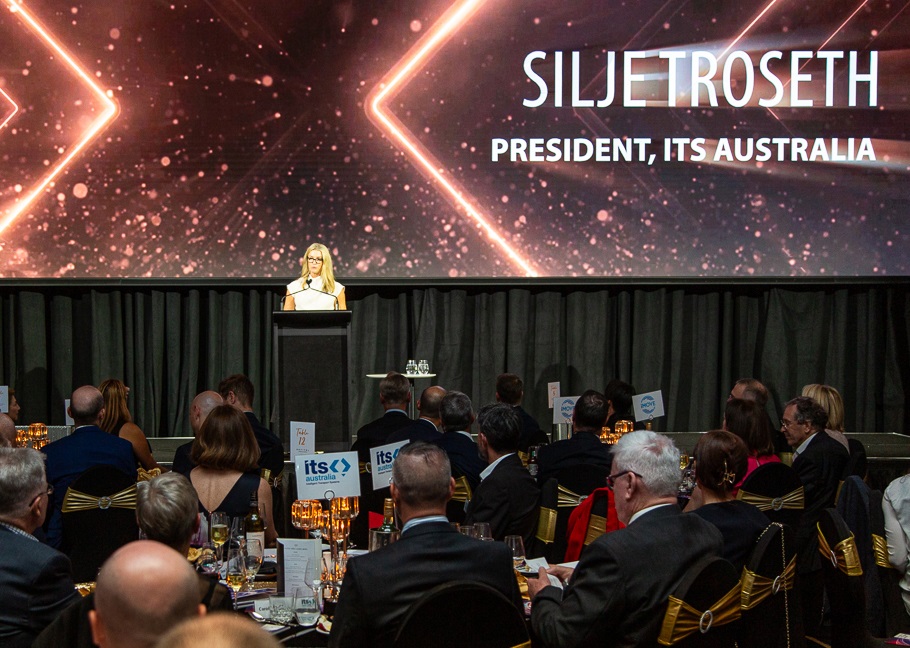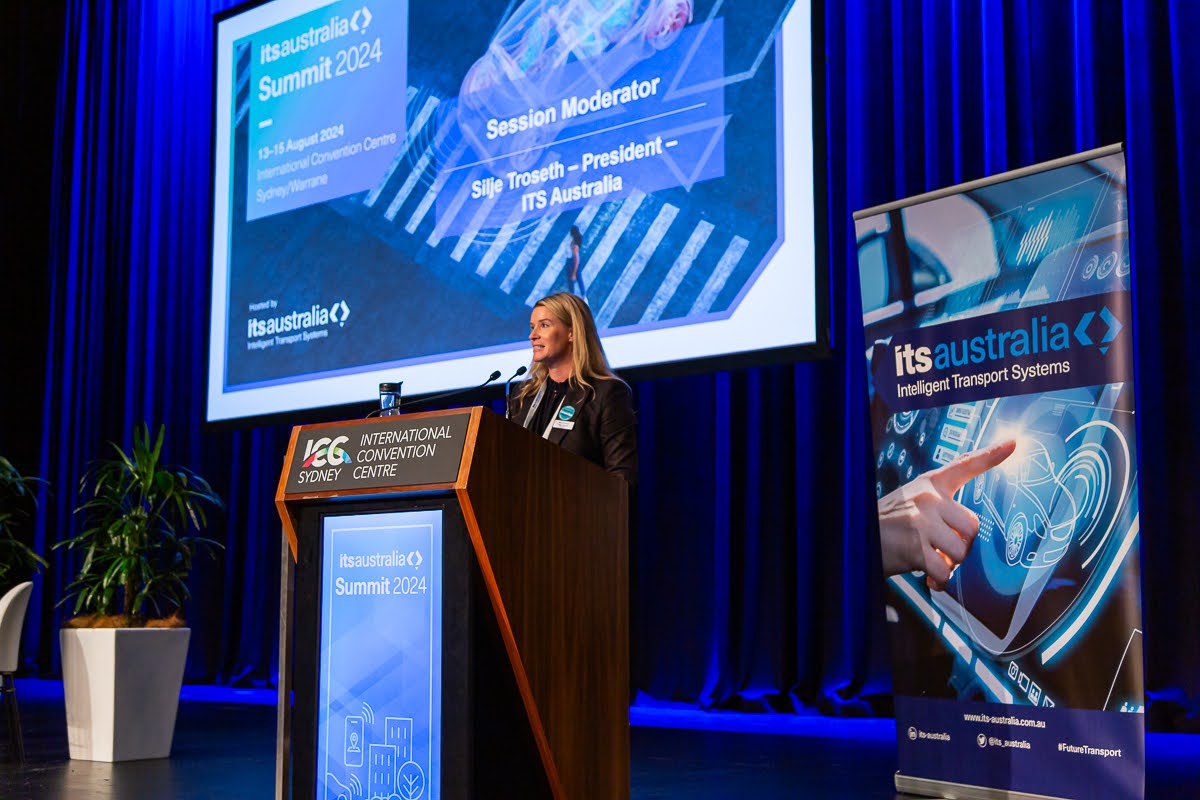
Two self-driving vehicles are operating in the city of Sydney, Australia, as part of a live Vehicle to Infrastructure (V2I) technology trial testing new software called Cit-e.
The AVs are on the streets of Chippendale, south of the city centre, using wireless connectivity to interact with traffic lights equipped with Transport for NSW’s Sydney Coordinated Adaptive Traffic System (Scats).
As they approach the lights, Cit-e sends messages about the intersection’s layout, right of way, timing of signal changes and warnings of hazards including vulnerable road users (VRUs).
A receiver in the vehicle uses the information in conjunction with the vehicle’s position, direction and velocity to gauge whether it is likely to commit a red-light violation or endanger other road users.
The trial is a collaborative effort: the vehicles are designed by University of Sydney’s Australian Centre for Robotics and have been tested at Transport for NSW’s Future Mobility Testing and Research Centre in Cudal.
The iMove Cooperative Research Centre for transport and mobility R&D is also involved, along with NSW Government - which says Scats has now been installed in more than 63,000 intersections across 216 cities in 32 countries.
Cit-e software can be retrofitted to standard vehicles and traffic infrastructure and could be launched commercially as early as 2025.
“As cars get smarter, there’s the opportunity to make them safer and save lives on NSW roads," says John Graham, minister for roads.
“This innovative technology will put NSW at the forefront of the national conversation on smart car innovation and road safety. Along with the safety benefits, this technology will also reduce traffic congestion, with communication between cars and infrastructure allowing the variation of a green-light windows to alleviate long queues.”
Secretary of transport for NSW, Josh Murray, says: “While this signals a real-world trial of the cutting-edge technology, at its core is an extension of Transport’s Scats offering - a home-grown NSW Government innovation. These new trials help us understand the challenges, and demonstrate the feasibility, of introducing emerging technology so we’re able to channel it in our day-to-day running of the network.”











